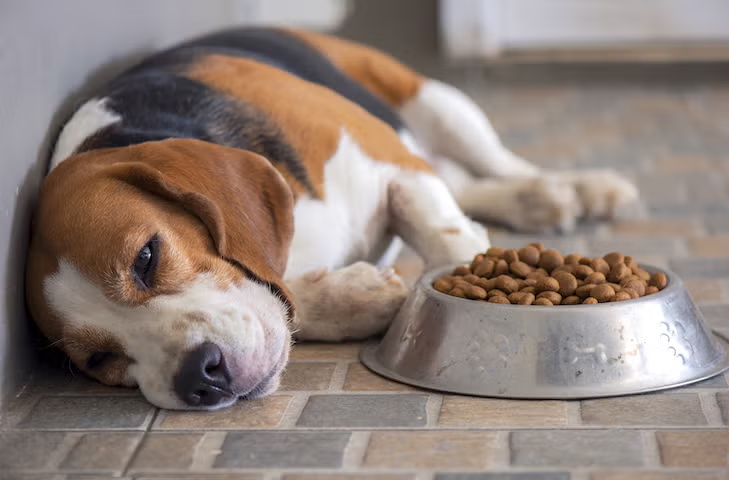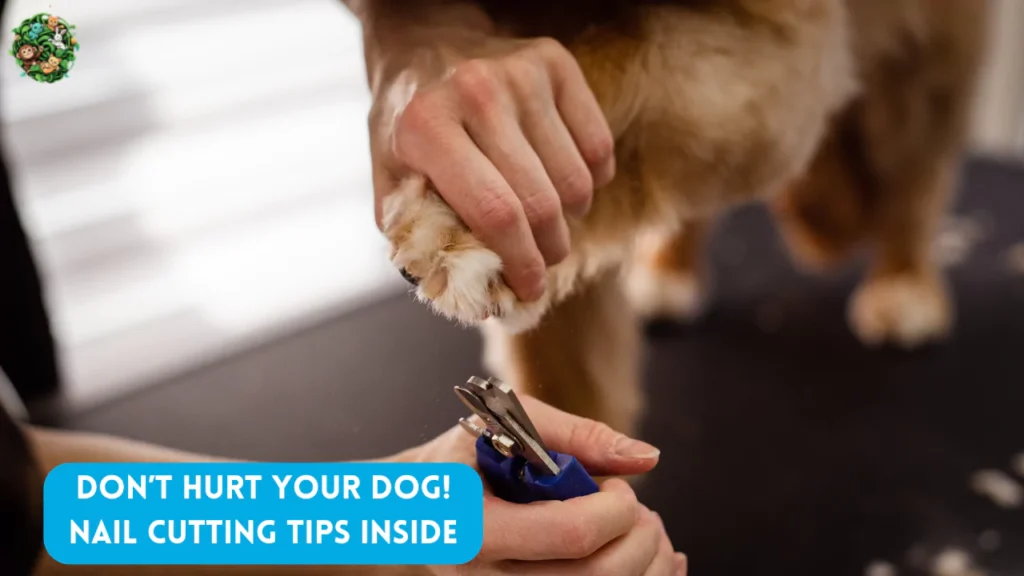As a pet owner, no other thing is more terrifying than observing your furry buddy go from being hyperactive to very quiet, have zero interest in food, and refuse to drink water. Ordinarily, dogs are very lively and playful when it comes to meals, so when this behavior changes, it might be a sign that something is wrong. Though some incidents could be temporary or mild, others may indicate a serious health issue that requires immediate care. Knowing how to clean dog wounds properly is also essential for handling minor injuries before they become serious problems. In such cases, having access to veterinary supplies helps monitor the pet and provide support until a professional is available.
Here, we’ll try to find out the possible reasons for this disturbing behavior and suggest some things you can do to assist your dog in making a recovery.
Could It Just Be a Temporary Tummy Upset?
Your pet may stop eating for a day or two due to a minor upset stomach. This specifically refers to incidents when dogs consume human food, grass, or spoiled food lying around, thus upsetting their stomach. The mild gastrointestinal problem, often the feeling of nauseousness, could be responsible for the dog not drinking or eating anything for some time, but it would naturally subside in due course. Your pet may feel excessively lazy due to the depletion of its energy due to the symptoms and the healing process that the body is going through.
However, if a dog has not eaten or drunk anything for over 24 hours and remains lethargic, it’s important to consider when they last ate, you can prevent the situation from getting worse by taking some of these urgent steps. At the very beginning of the symptoms, taking preventive measures like, for example, watching and getting prepared with the help of a thermometer, or providing the body with electrolytes, if the symptoms were already there, would be enough to stop the disease from developing.
Could My Dog Be in Pain?
Dogs are naturally designed to conceal pain, the only difference being that they will show some discomfort by being less active and by having no appetite. Health problems such as arthritis, dental issues, internal damage, or even a simple thorn in their paw can be painful while they eat or drink. They might prefer to lie down more frequently for a break and cease moving altogether.

Conduct a thorough inspection of your dog to see if there is any sign of injury, swelling, limping, or sensitivity to touch. When you press certain areas and the dog winces, whimpers, or reacts in any way, it is a clear indication that your pet is in pain and you would have to look for a vet’s help. There should be no attempt to control the pain at home without the presence of a professional, even if you have elementary veterinary supplies — you can rely on a veterinarian who will provide appropriate medication or treatment.
Could It Be Heat Stroke or Dehydration?
Most especially in the summer, dogs are very exposed to heatstroke and dehydration that are likewise dangerous to humans. A dog exposed to excessive heat without access to water or a way to cool off may first develop an upset stomach and may later on feel like not eating or drinking. Signs include heavy panting, drooling, hot skin, and severe fatigue. In some cases, the dog may even collapse or appear disoriented. Dogs may even have fainting spells or look like they are clueless in some cases.
If you think that your pet is suffering from heatstroke, transfer it at once to a cooler place and then cool it off with some cool (not cold) water. Give water in frequent small amounts. Veterinary distributors also market cooling pads for dogs and even pet-safe cooling towels that can be of great help. Remember to always have the vet take a look at the pet since heat stroke can lead to the internal organs getting damaged even when the symptoms have disappeared.
Could It Be an Underlying Illness?
Loss of appetite, lack of energy, and being less active are the most common symptoms of several ailments like infections, liver disease, kidney illness, or diabetes. Dogs with such problems may not be showing obvious signs at first but later on your pet may throw up, suffer from diarrhea, have weight loss, or observe changes in urination as the disease progresses.
Regular visits to the vet, as well as some specific diagnostic tests, are of the utmost importance to catch these diseases at an early stage. That’s why the distributor of veterinary supplies veterinary distributors can be said to be the most powerful tool in the doctor’s hands for the clinics to be rightly equipped with all treatment and diagnosis tools. Should your pet not be feeling better, do not hesitate to go to your vet and ask for necessary tests such as blood or imaging diagnostics to clarify or eliminate the problem.
Could It Be Emotional or Behavioral?
Believe it or not, dogs can go through depression and stress just like humans. A change that might be big for a dog, such as relocating to a new house, having a new pet, or the absence of a family member also count. Such alterations usually lead to the fact that the dog might become withdrawn, lose interest in food and water, and sleep more than usual.
Watch for any changes in the dog’s environment which could play a part in this behavior. Being there for them, spending time together, and setting habits can not only be comforting but can also help in reducing anxiety. Puzzle toys or feeders that are interactive will entertain them and amuse them during meal time. In a few cases, it is likely that a veterinarian will suggest buying some calming products from the local veterinary store, in case the anxiety is persistent.
What Should You Do Right Now?
If the dog has gone without food or water for over 24 hours, or seems more and more lethargic, do not delay. Watch their symptoms closely—examine the color of their gums, feel their nose, and if you can measure their temperature. If you notice anything unusual, contact your vet immediately.
It is advisable to keep your dog in a quiet, cool spot before the appointment and provide the dog with ice cubes if it refuses water and avoid giving them any food or water that could worsen their condition. An extremely vital thing to remember is to follow your heart. You are the one who knows your dog the best—and the problem that you feel is not right, actually, is the one.
Final Thoughts
Although minor stomach issues may resolve without a need for professional assistance, a dog that is totally refusing to eat or drink, and just lying around may signal that veterinary attention is needed. If the signs of the illness are still there after a day, have not improved or are accompanied by any other worrying symptoms such as vomiting, tremors, or rapid breathing then, straight away call the vet.
Now, the health of the dog is really the most crucial factor. Today’s veterinarians use high-quality diagnostic tools and medications from trusted suppliers, ensuring accurate diagnosis and proper treatment for your pet. Early action is the whole difference between a full recovery and a severe disease.
For more resources on pet health and wellness, you can also visit Petsvines for trusted information. Your dog’s well-being should always be your top priority.
Read Also: How to Cut Black Dog Nails: In-Depth Guide for Safe Trimming










